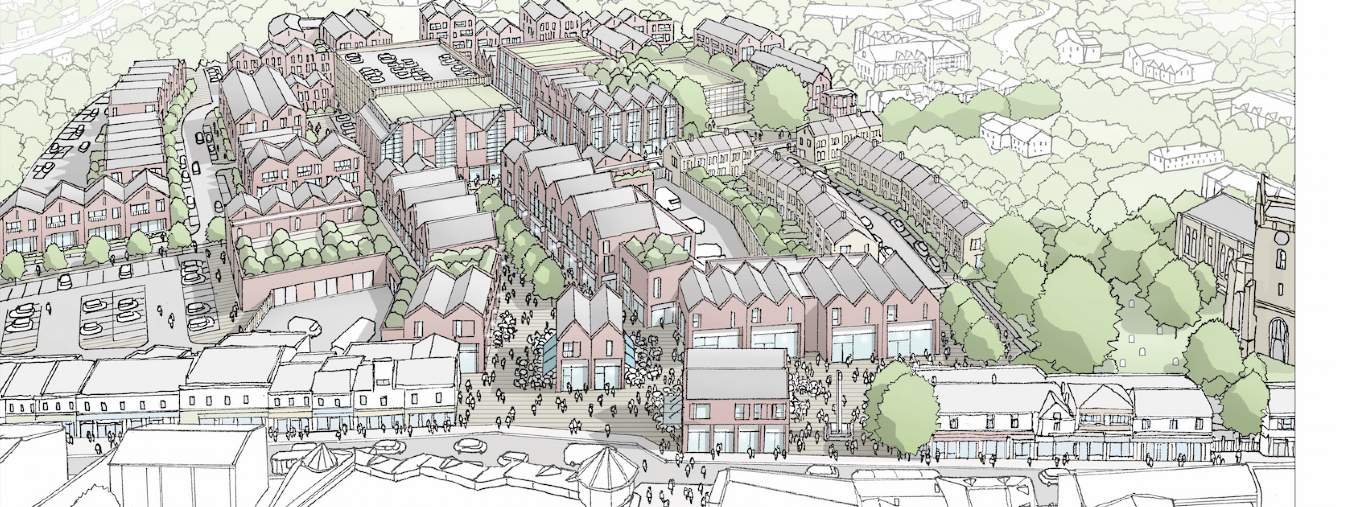The planning White Paper, Planning for the Future, seeks to underline the importance of beauty in the built environment not just because of its aesthetic appeal, though that’s important, but because it adds value to new development and makes financial sense.
Focusing on good design is, of course, music to the ears of an urban designer but it’s not exactly breaking new ground.
There are currently plenty of design requirements in local plans; there are volumes of advice and guidance; and there’s a national design guide and requirements for good design in the National Planning Policy Framework.
So what’s been standing in the way so far and will the latest proposals make any difference?
The proposed new process would give the majority of large greenfield sites permission in principle, doing away with the need for outline consents.
A design code or development brief for these larger sites, or a general ‘local pattern book’ for smaller sites, will then guide the submitted proposals. The consultation requirements at this stage will become more onerous.
It’s true that the increase in land value triggered by the permission in principle could allow more costs to be incurred by design work as developers might be more willing to incur design fees. However, resources have been a long-standing barrier to good design. The White Paper recognises that, referring to the ability to free up resources for design skills by streamlining plan-making, but the Government should be extremely cautious about this.
No White Paper yet has speeded up the planning process. If more public engagement is envisaged as part of the new system, it is hard to see how that can happen without delays, unless resourced by the industry.
The White Paper proposes to deliver new expertise with the power to make strong interventions in the design process at a local authority level. This will need to work hand-in-hand with requirements to deliver a ‘greater-than-necessary’ land supply, otherwise councils may still override design considerations in the drive to deliver its housing supply and avoid ad-hoc development.
Since the publication of Manual for Streets in 2010, which promoted a place-making first approach, very little has changed to solve the highways issues that have bedevilled good design for the last 30 years. Resolving highways issues, together with more joined-up design approach in general across council departments is needed. Streets are currently still designed as roads the primary purpose of which is to carry vehicular traffic, not as places where people interact.
The current process sees design held hostage to, for example, the requirements for large refuse lorries already agreed as part of pre-let contracts; or inflexible school requirements. There is nothing in the White Paper to resolve this, although it is something that could emerge following the consultation period.
It seems likely that the renewed focus on design will become policy in some form, in which case many applicants will need to consider how they can change their approach. Maximising value from better design is an area where great gains can be made. Resourcing good design skills will become a key part of the chain in delivering planning consents, both for developers and planning authorities.









.jpg)
.jpg)